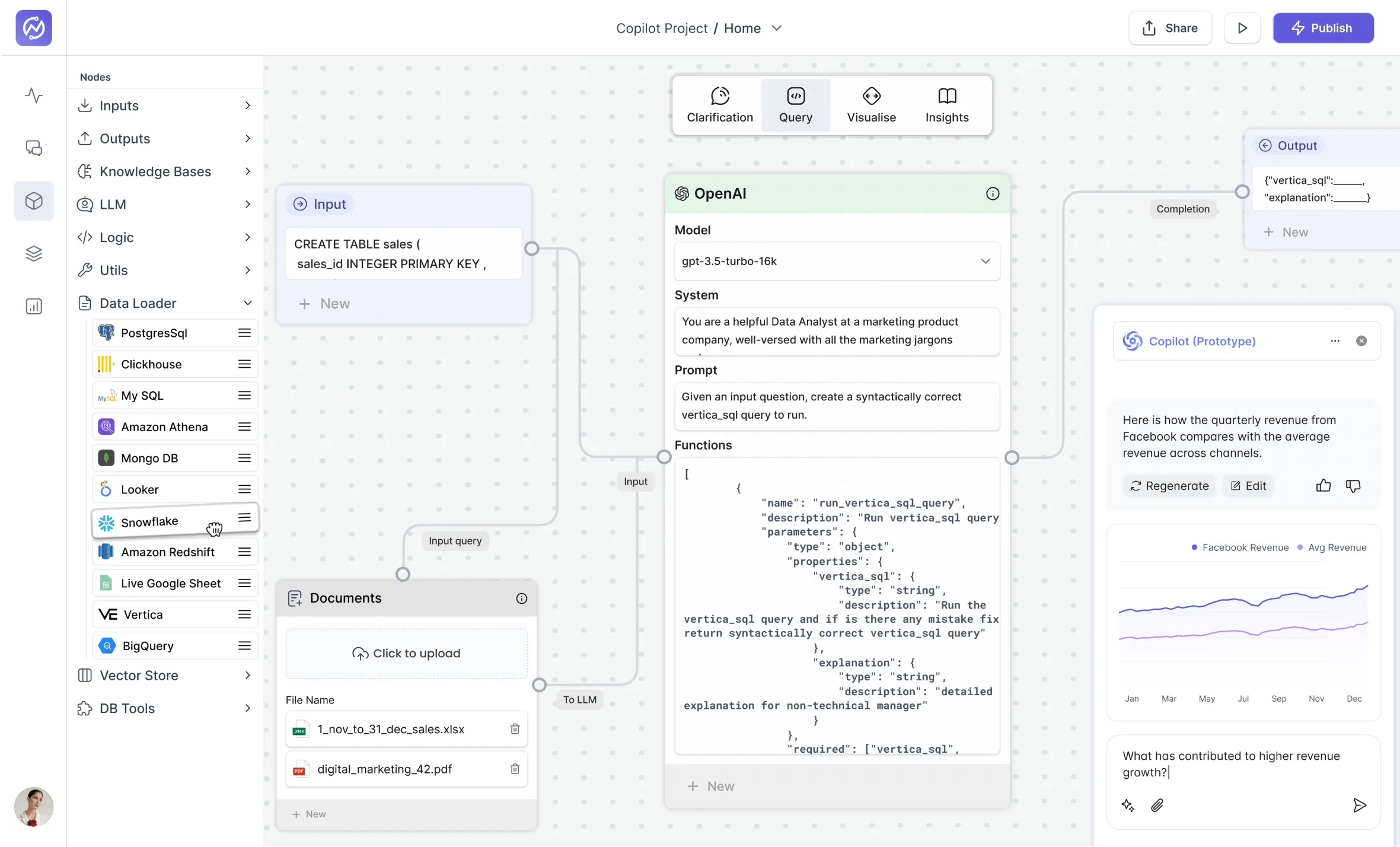Crux is building GenAI-powered business intelligence tools

GenAI might be one of the most exciting technologies today. But it’s also one of the fastest-moving — posing a challenge for enterprises keen to deploy it. With each new GenAI innovation, companies have to worry not only about staying on top of trends but validating what’s working, all while maintaining a semblance of accuracy, compliance and security.
There’s an entire cohort of startups tailoring GenAI tools to fit enterprise needs. Arcee, for instance, is creating solutions to help businesses securely train, benchmark and manage GenAI models, and Articul8 AI, an Intel spin-out, is building algorithm-powered enterprise software.
Now another upstart’s joining the crew.
Himank Jain, Atharva Padhye and Prabhat Singh are the co-founders of Crux, which creates AI models that answer questions about business data in plain language along the lines of OpenAI’s ChatGPT. Padhye explains it thusly:
“With a simple natural language command, executives can get any report, insight, root cause analysis or prediction at their fingertips,” he said via email. “For example, marketers using HubSpot can ask a question like ‘Why are my email campaigns to new users getting low conversions?’”
Crux — which Jain, Padhye and Singh pivoted nearly 15 times before arriving at the platform’s current form — converts schema, the structure of databases, into a “semantic layer” that AI models can understand. Beyond this, Crux allows customers to customize question-answering models to their business intelligence needs, terms and policies, thus improving the quality of the outputs, according to Padhye.

Crux leverages a multi-model framework that breaks down into individual parts questions posed by users, distributing these parts among specialized, purpose-built models. For example, one model, which Padhye calls the “clarification agent,” asks follow-up questions to get at a user’s intent.
Crux is deployed on-premise and doesn’t use customer data to train the models, Padhye says.
“Crux aims to launch [an] AI-powered decision-making engine for enterprises,” Padhye said. “Crux is challenging the incumbent business intelligence tools … by iterating faster and rethinking the analytics stack as a decision-making stack.”
Crux makes money by selling subscriptions plus charging setup and maintenance fees that depend on the type and size of a company’s deployment. It’s proven to be a profitable model; Crux’s annual recurring revenue reached $240,000 in four months with a four-company customer base, Padhye claims.
Crux aims to remain small for the foreseeable future, maxing out at a headcount of around 20 people by the end of the year. But with $2.6 million in capital it recently raised from Emergent Ventures, Y Combinator and a number of angel backers, Crux plans to expand “up-market,” Padhye said — focusing on acquiring new enterprise clients.
Added Emergent Ventures’ Anupam Rastogi via email:
“BI and data analytics … is on the brink of a major transformation driven by large language models and advanced AI. This sector is poised for exponential growth over the next decade, transitioning from static dashboards and manual reporting to real-time, accurate and actionable intelligence on demand. Crux has developed a groundbreaking product in this space which helps its customers drive incremental revenues quickly, and is already attracting significant customer interest.”